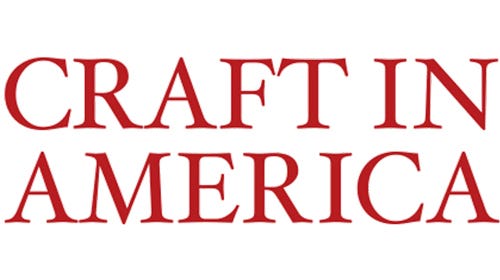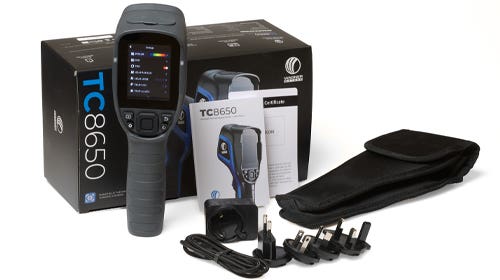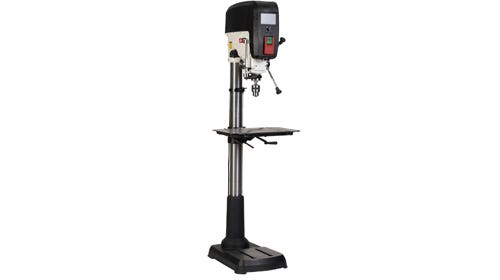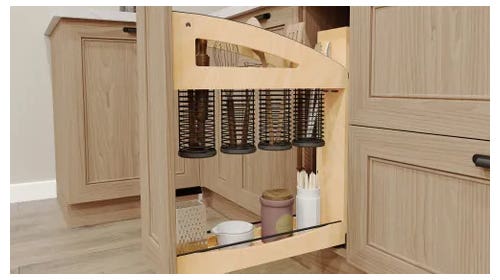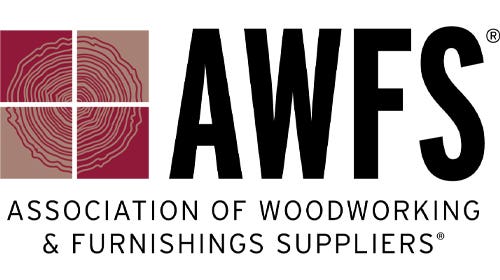Poplars price leads to sales increase
While poplar sales dropped considerably a year ago, they’re now working their way back up as the market improves. Known for being the least expensive hardwood that is found throughout…
While poplar sales dropped considerably a year ago, they’re now working their way back up as the market improves. Known for being the least expensive hardwood that is found throughout the Eastern U.S., as well as a winner for paint-grade applications, the species is an ideal material for home remodeling jobs, mid-grade furniture construction and secondary woodworking applications.
Carl Mahlstedt, of Goosebay Sawmill & Lumber in Chichester, N.H., says sales have been good for the last four months and are much better than a year ago. He attributes the increase to an improving economy and believes it’s an indication that things are getting better.
“One of the highlights of poplar is the price. It’s probably the least expensive hardwood and it’s easy to work with. It’s not a very dense hardwood. For somebody that’s building an inexpensive piece of furniture or somebody that’s going to paint furniture, it’s a good choice,” says Mahlstedt.
“We stock it in sizes from 1/2 to 4" thick. The 4"-thick lumber allows people to do some things they can’t do with other species and it also comes in wide widths and long lengths, so it’s a good wood for a number of reasons and the variety of sizes available is a highlight.”
Yellow poplar (Liriodendron tulipifera) is a member of the magnolia family and is also known as tulip tree and tulip poplar. True poplars include aspen (Populus tremuloides), cottonwood (Populus deltoides) and balsam poplar (Populus balsamifera), all members of the willow family.
Tom Sontag, of Lumber Logs LLC, an urban log recycling company in St. Louis, says poplar sales are steady and comparable to last year. “Poplar is always running out the door here. We don’t have any trouble keeping it in stock because of the nice big logs we get. I would say that people know poplar is good for certain things and that’s what they use it for. It’s the No. 1 wood for anything that gets painted. A lot of my customers use it for home trim, moldings or anything that will be painted anyway. A lot of our sales go to people that are doing some type of remodeling inside their house.”
Jack Murdock, of Murdock Building Co. & Portable Sawmill in Rolesville, N.C., says his poplar sales have been pretty steady for about six years.
Retail prices for FAS 4/4 poplar were quoted at $1.75 to $2.50/bf.
This article originally appeared in the February 2012 issue.


